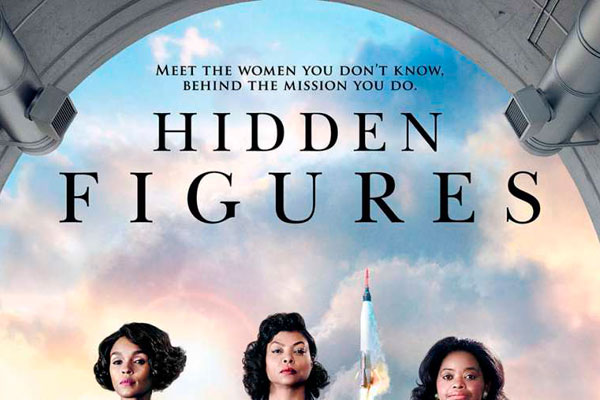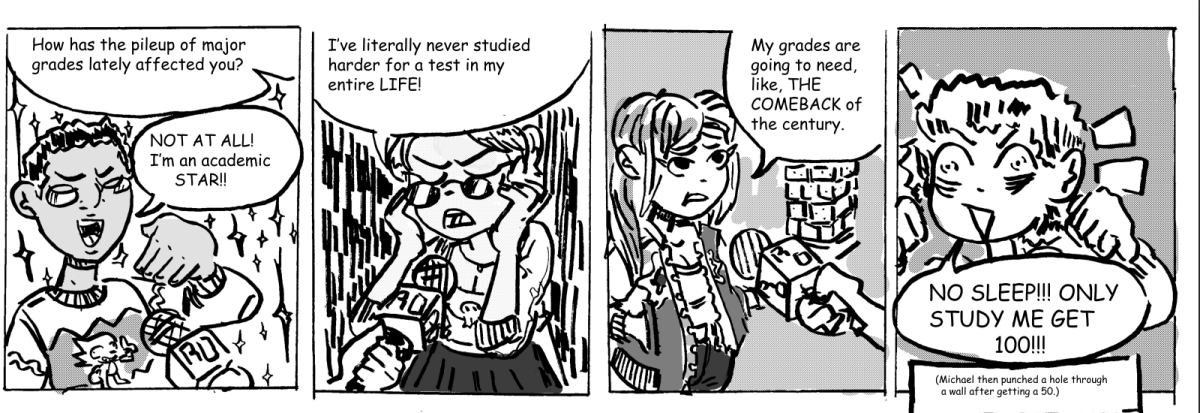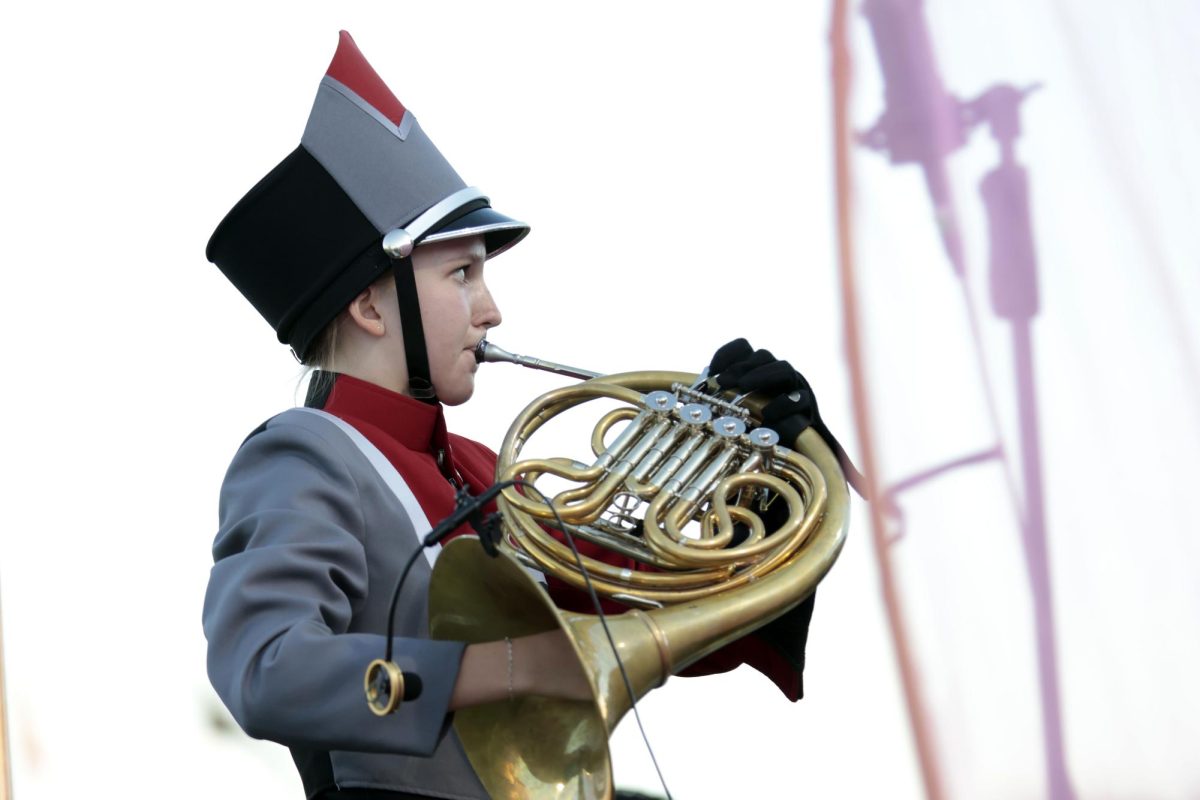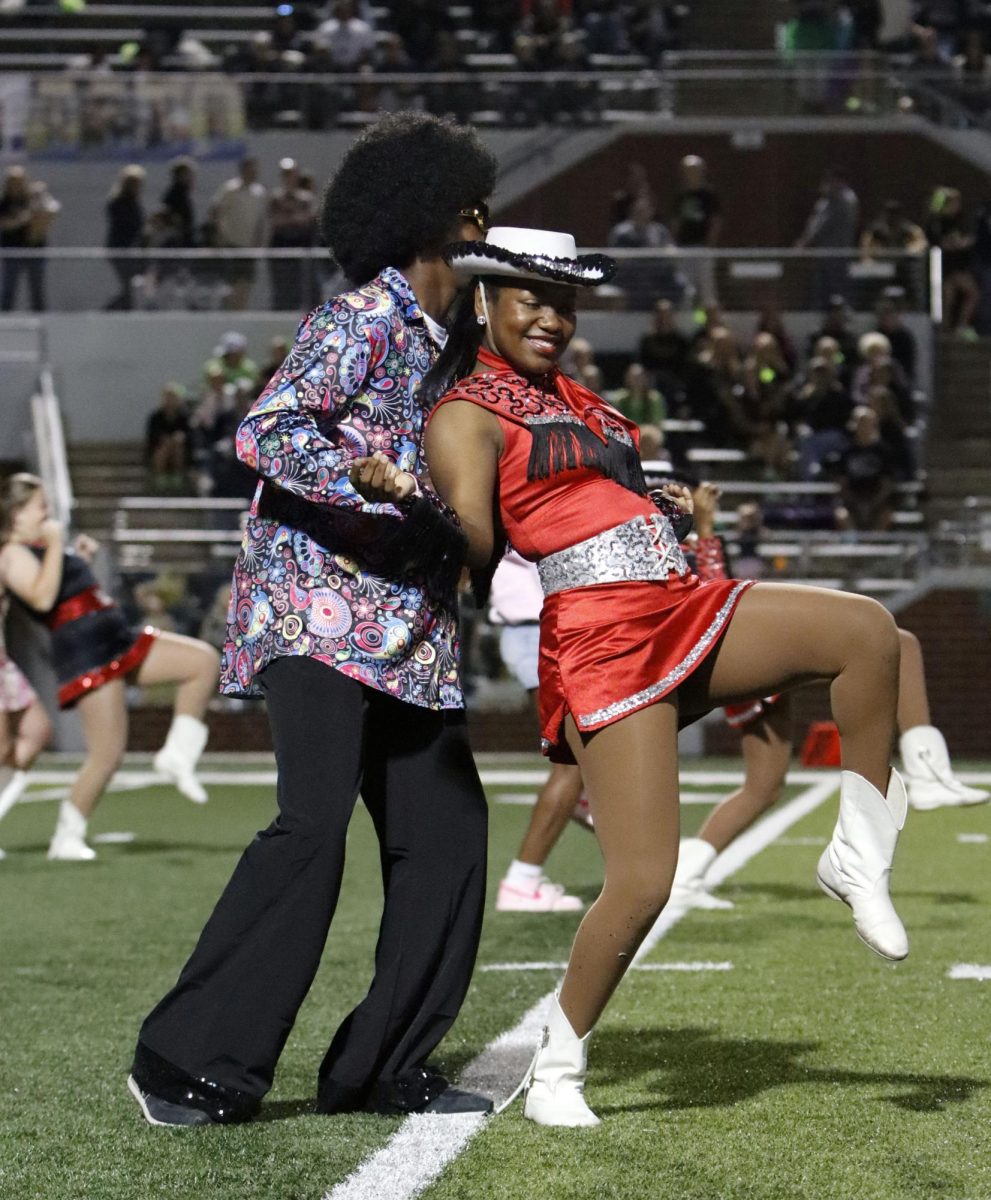
Newton’s Law in basic terms explains that an object in motion will remain in motion unless acted upon by an external force. Well, let’s put it into terms socially with social justices and such during the mid-nineteenth century. Less than 100 years ago, there wasn’t a concept for gender and racial equality or even equality in general until social activists forced their feet through the door for change. Had they not done that, we would live in a very different world full of the lack of technological innovations, diverse cultures and most importantly, the freedom that we often take for granted.
In “Hidden Figures,” the glories of paving the way for science and how just a few people can help propel us forward in the right direction towards equal rights is shown.
The Good:
I would have to say that this movie has easily become one of my favorites. It didn’t have all of the violence and all the ugliness associated with fighting for civil rights, but it got the point across with some of its more powerful moments. For example, the main character Katherine was forced to run half a mile at NASA’s Computational Research Facility because there wasn’t a colored restroom in the building that she worked in. Another time, the men she worked with bought a separate coffee pot reading “colored” on it when she came to work with them. Those were just a few scenes that really struck me and made me get really worked up. I couldn’t help but want to jump up and scream at the screen. I remember being in the theater and feeling all of the burning hearts of those who sat by me. I wasn’t the only one who seemed to get upset about those things which could be seen as a good thing. It meant that the movie was getting a point across which is what differentiates between a good movie and great movie that empowers the people and really speaks to the heart.
My favorite parts from the movie were the court scene with Mary Jackson, played by Janelle Monae and the ending where one of the originally racist engineers Paul Stafford, played by Jim Parsons, makes Katherine a coffee after a long night of work. The court scene was definitely a powerful one. During the movie, Mary Jackson asks the judge, “What do you want to be first,” and it was such a crucial point in the movie. From her first step into the courtroom, you knew she had won the case. She presented points that even a racist judge could not refuse. It was not only a win for Mary Jackson, but for everyone. The coffee scene at the end was also another memorable part of the movie because it showed how the outside force of inevitable change can take some of the nastiest things and people and turn them into something better.
I also loved how the main character wasn’t socially secluded like some of the other movies that feature likewise brilliantly-minded individuals. She had a fairly normal life full of family, friends, a job and was a relatively well-rounded woman.
The OK:
Overall, the movie surpassed my expectations and left me to wonder what else there is that we don’t know because it wasn’t covered. The only thing that I wish that could have been demonstrated better is to have better-developed characters and shine the light on the other ‘computers’. The three main characters were important — don’t get me wrong — but all of their manpower and brilliancy collectively helped to really change the progress of NASA and equal rights for not only colored people but women as well. Other than that, the movie was phenomenal.
The one thing I have taken from this movie is brilliancy has no gender nor race. The sky’s the limit.
I am definitely looking forward to similar movies to come.
11/10: It’s a must-see















